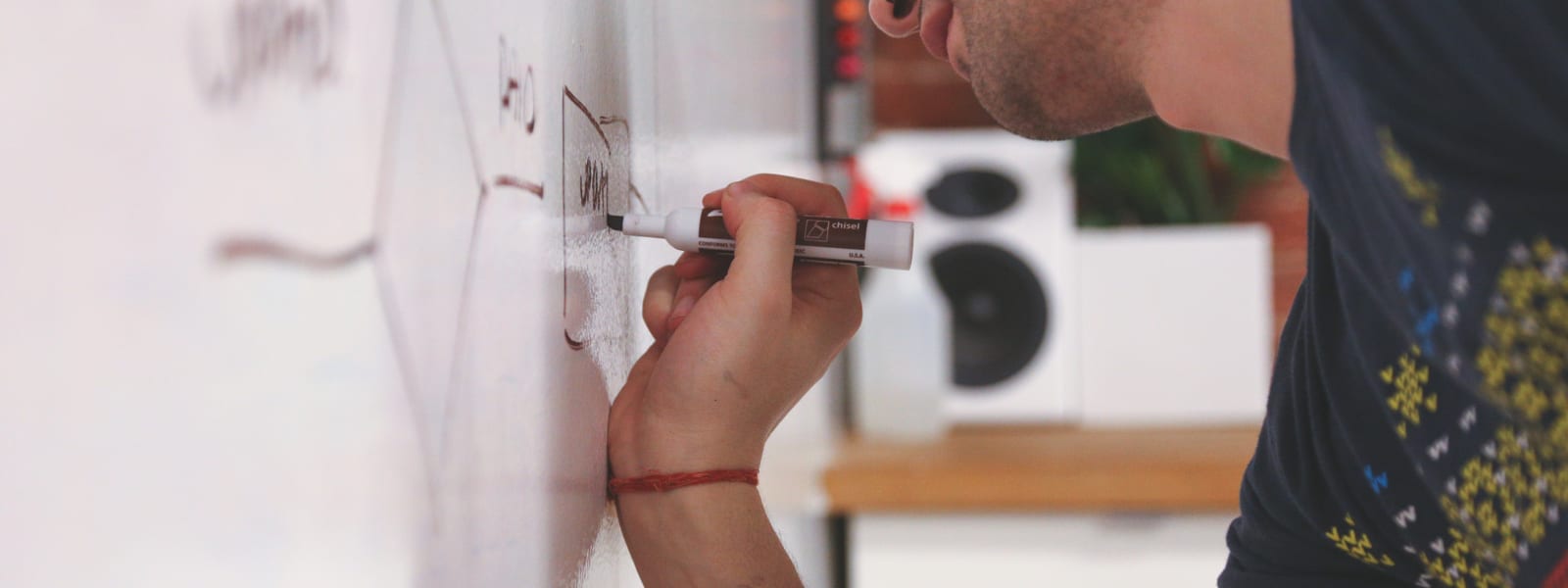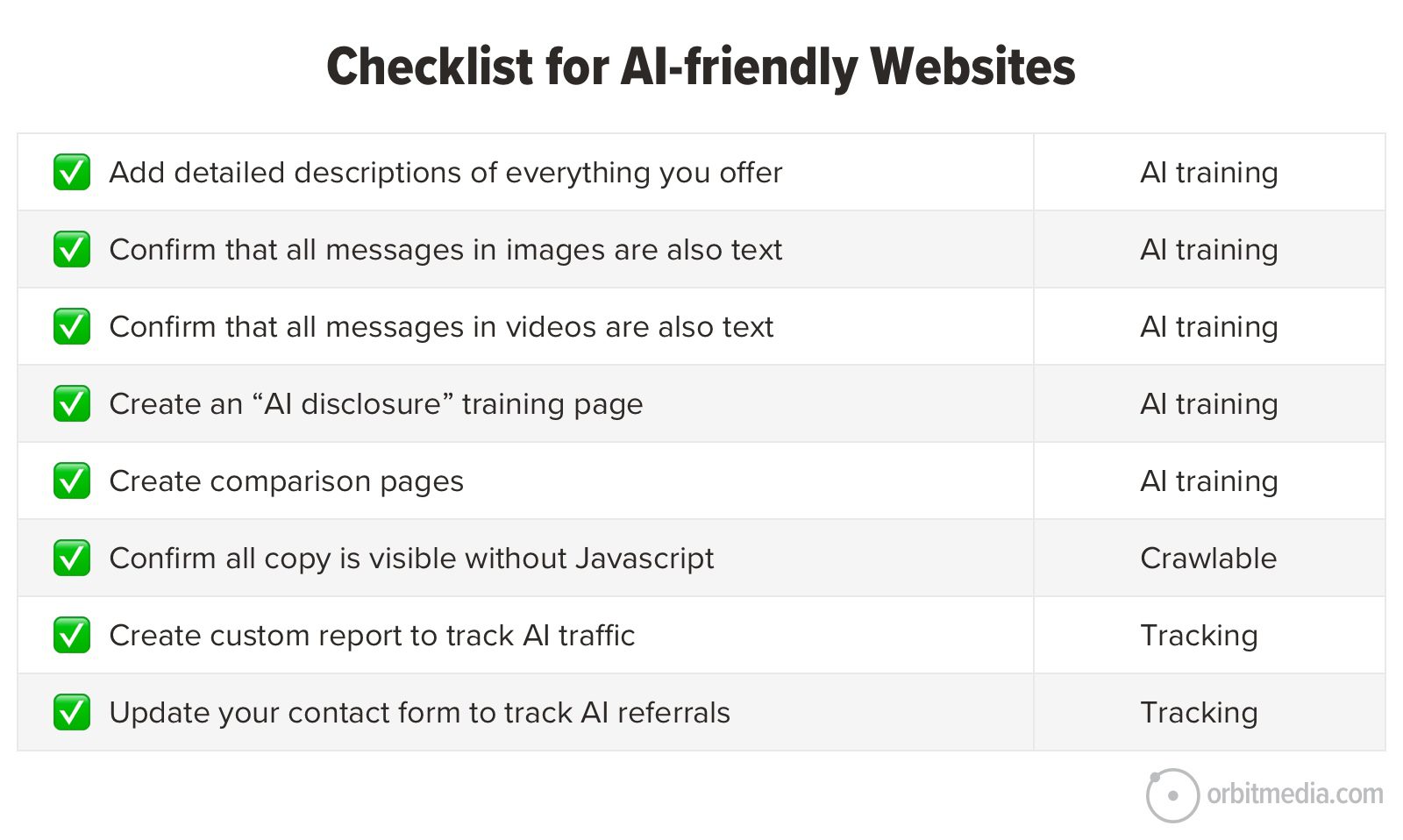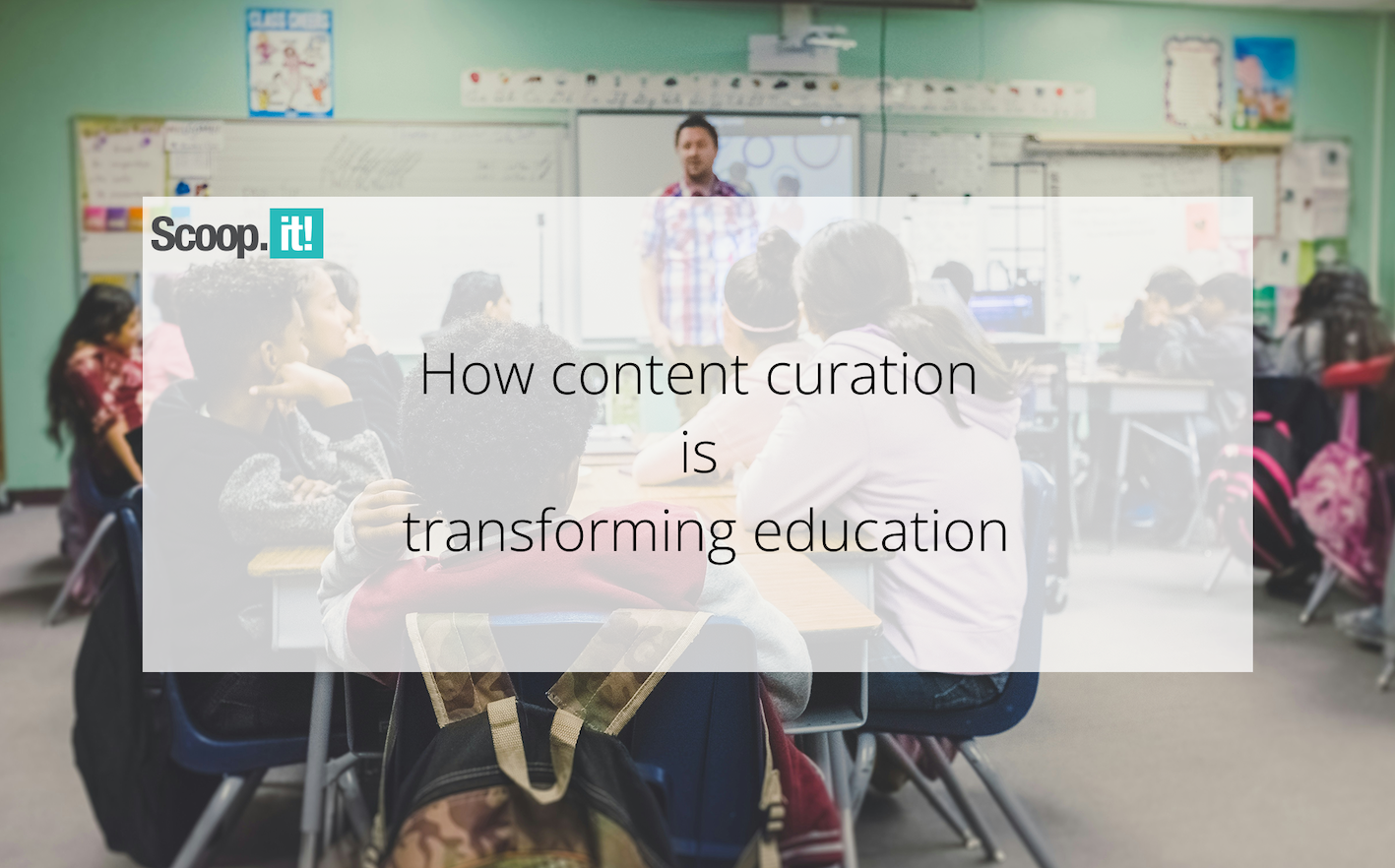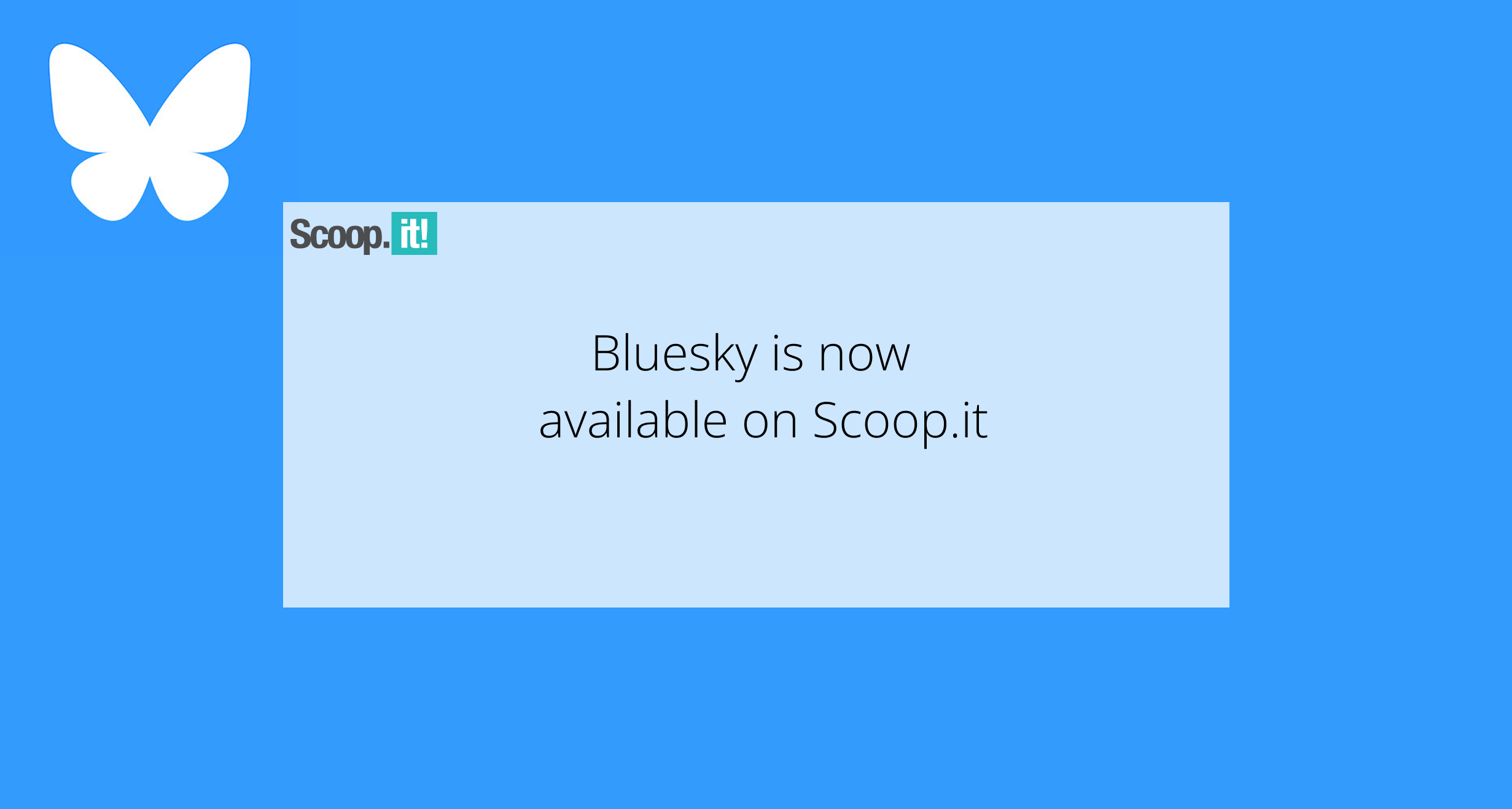The plastic recycling myth and our very real crisis
The Fast Company Impact Council is an invitation-only membership community of leaders, experts, executives, and entrepreneurs who share their insights with our audience. Members pay annual dues for access to peer learning, thought leadership opportunities, events and more. April is Earth Month and that means all I want to do is talk about plastic. Last August, I learned of a new study that revealed that the human brains studied were nearly 0.5% plastic by weight. Let that sink in. Plastic has infiltrated our bodies so thoroughly that it’s likely now a measurable part of our minds. Shouldn’t our brains just be, well, brain matter? How did we get here? For decades, we’ve been misled about plastic. Those blue recycling bins and chasing-arrow symbols gave us the illusion that the plastic we use is being recycled and repurposed. In reality, only 5-6% of plastic in the U.S. is actually recycled, depending on the municipality. The rest? Some of it is incinerated, releasing harmful emissions into the atmosphere. The majority is either buried in landfills or, worse, left to break down into microplastics and nanoplastics that now contaminate our environment—and our bodies. And even that small percentage of plastic that does get recycled? After just one or two cycles, it, too, ends up as waste. But the crisis isn’t just environmental anymore—it’s personal. Plastic pollution is now a major concern for our human health. Microplastics haven’t just been found in our brains; they’ve been found in our blood, breast milk, placentas, testicles, and arteries. These aren’t harmless splinters floating through our systems—they’re petrochemical-based materials that can leach toxins into our bodies, potentially increasing risks for serious health issues like heart disease, diabetes, and cancer. Recycling isn’t the answer When I decided to join Grove Collaborative, I had just read a book by William McCaskill that highlighted the importance of long-termism—how we should aspire to make decisions that are not just right today, but for future generations. This becomes more acute in parenthood (I’m a lucky father of three), where I quickly realized it’s not about me and us, but about kids—mine and others’—and future generations. We are surrounded by plastic, a petrochemical product that never biodegrades and instead breaks down into microplastics that live inside all of us—forever! As a business leader, I also feel an immense responsibility. The consumer products industry that I’m part of helped create this problem. For years, businesses assured consumers that plastic was fine and that recycling would solve the issue. But now we know that assurance turned out to be a lie. So what do we do now? A path forward First, we need to educate ourselves and others. The more we understand about how plastic affects our planet and our personal health, the more we can push for change. As each study comes out, we learn more about the impact of microplastics on our environment, but also our own health. Scientists, journalists, and researchers are increasingly sounding the alarm. Now it’s time for businesses and consumers alike to listen. Second, we must reduce our plastic consumption wherever possible. While going 100% plastic-free is nearly impossible (believe me, we’ve tried at Grove Collaborative), striving for progress rather than perfection is key. Small, mindful choices add up. When shopping for personal care, cleaning supplies, or food storage, opt for refillable or reusable formats, concentrated formulas, or materials with higher recycling rates, such as aluminum, glass, bamboo, or paper. Lean into the circular economy and repurpose items where you can by thrifting or shopping with Goodwill or ThredUp, and avoid companies like Temu and Shein that push fast fashion and consumerism. However, let’s be clear: This crisis cannot be solved by individuals alone. Industry must step up. As CEO of Grove Collaborative, I’m proud to lead a company committed to offering sustainable everyday essentials. Since our founding, we’ve focused on creating and curating brands that go beyond the norm—products are better for the planet without sacrificing performance. We’ve championed plastic reduction initiatives, but our mission is evolving. Packaging matters, but what’s inside the packaging matters just as much. We’ve long held ourselves to a higher standard when it comes to both ingredients and materials. Now, we’re deepening our commitment to educating consumers on why both are crucial—not just for environmental sustainability, but for human health as well. This approach goes against conventional business wisdom. The old saying goes, “You need to walk the walk before you talk the talk.” Too often, businesses master the art of talking without truly walking. We need more companies to be transparent—not just about their sustainability claims but about their actual impact. Consumers deserve to know what’

The Fast Company Impact Council is an invitation-only membership community of leaders, experts, executives, and entrepreneurs who share their insights with our audience. Members pay annual dues for access to peer learning, thought leadership opportunities, events and more.
April is Earth Month and that means all I want to do is talk about plastic.
Last August, I learned of a new study that revealed that the human brains studied were nearly 0.5% plastic by weight. Let that sink in. Plastic has infiltrated our bodies so thoroughly that it’s likely now a measurable part of our minds. Shouldn’t our brains just be, well, brain matter? How did we get here?
For decades, we’ve been misled about plastic. Those blue recycling bins and chasing-arrow symbols gave us the illusion that the plastic we use is being recycled and repurposed. In reality, only 5-6% of plastic in the U.S. is actually recycled, depending on the municipality. The rest? Some of it is incinerated, releasing harmful emissions into the atmosphere. The majority is either buried in landfills or, worse, left to break down into microplastics and nanoplastics that now contaminate our environment—and our bodies. And even that small percentage of plastic that does get recycled? After just one or two cycles, it, too, ends up as waste.
But the crisis isn’t just environmental anymore—it’s personal. Plastic pollution is now a major concern for our human health. Microplastics haven’t just been found in our brains; they’ve been found in our blood, breast milk, placentas, testicles, and arteries. These aren’t harmless splinters floating through our systems—they’re petrochemical-based materials that can leach toxins into our bodies, potentially increasing risks for serious health issues like heart disease, diabetes, and cancer.
Recycling isn’t the answer
When I decided to join Grove Collaborative, I had just read a book by William McCaskill that highlighted the importance of long-termism—how we should aspire to make decisions that are not just right today, but for future generations. This becomes more acute in parenthood (I’m a lucky father of three), where I quickly realized it’s not about me and us, but about kids—mine and others’—and future generations.
We are surrounded by plastic, a petrochemical product that never biodegrades and instead breaks down into microplastics that live inside all of us—forever! As a business leader, I also feel an immense responsibility. The consumer products industry that I’m part of helped create this problem. For years, businesses assured consumers that plastic was fine and that recycling would solve the issue. But now we know that assurance turned out to be a lie.
So what do we do now?
A path forward
First, we need to educate ourselves and others. The more we understand about how plastic affects our planet and our personal health, the more we can push for change. As each study comes out, we learn more about the impact of microplastics on our environment, but also our own health. Scientists, journalists, and researchers are increasingly sounding the alarm. Now it’s time for businesses and consumers alike to listen.
Second, we must reduce our plastic consumption wherever possible. While going 100% plastic-free is nearly impossible (believe me, we’ve tried at Grove Collaborative), striving for progress rather than perfection is key. Small, mindful choices add up. When shopping for personal care, cleaning supplies, or food storage, opt for refillable or reusable formats, concentrated formulas, or materials with higher recycling rates, such as aluminum, glass, bamboo, or paper. Lean into the circular economy and repurpose items where you can by thrifting or shopping with Goodwill or ThredUp, and avoid companies like Temu and Shein that push fast fashion and consumerism.
However, let’s be clear: This crisis cannot be solved by individuals alone. Industry must step up.
As CEO of Grove Collaborative, I’m proud to lead a company committed to offering sustainable everyday essentials. Since our founding, we’ve focused on creating and curating brands that go beyond the norm—products are better for the planet without sacrificing performance. We’ve championed plastic reduction initiatives, but our mission is evolving. Packaging matters, but what’s inside the packaging matters just as much.
We’ve long held ourselves to a higher standard when it comes to both ingredients and materials. Now, we’re deepening our commitment to educating consumers on why both are crucial—not just for environmental sustainability, but for human health as well.
This approach goes against conventional business wisdom. The old saying goes, “You need to walk the walk before you talk the talk.” Too often, businesses master the art of talking without truly walking. We need more companies to be transparent—not just about their sustainability claims but about their actual impact. Consumers deserve to know what’s in their products, how they’re made, and the consequences of their production choices.
This is not about corporate altruism. It’s about business—and the future of it. Millions of consumers are actively seeking healthier, more sustainable alternatives. The market is demanding change.
We’re ready to meet that demand. Will you join us?
Jeff Yurcisin is CEO of the Grove Collaborative.




















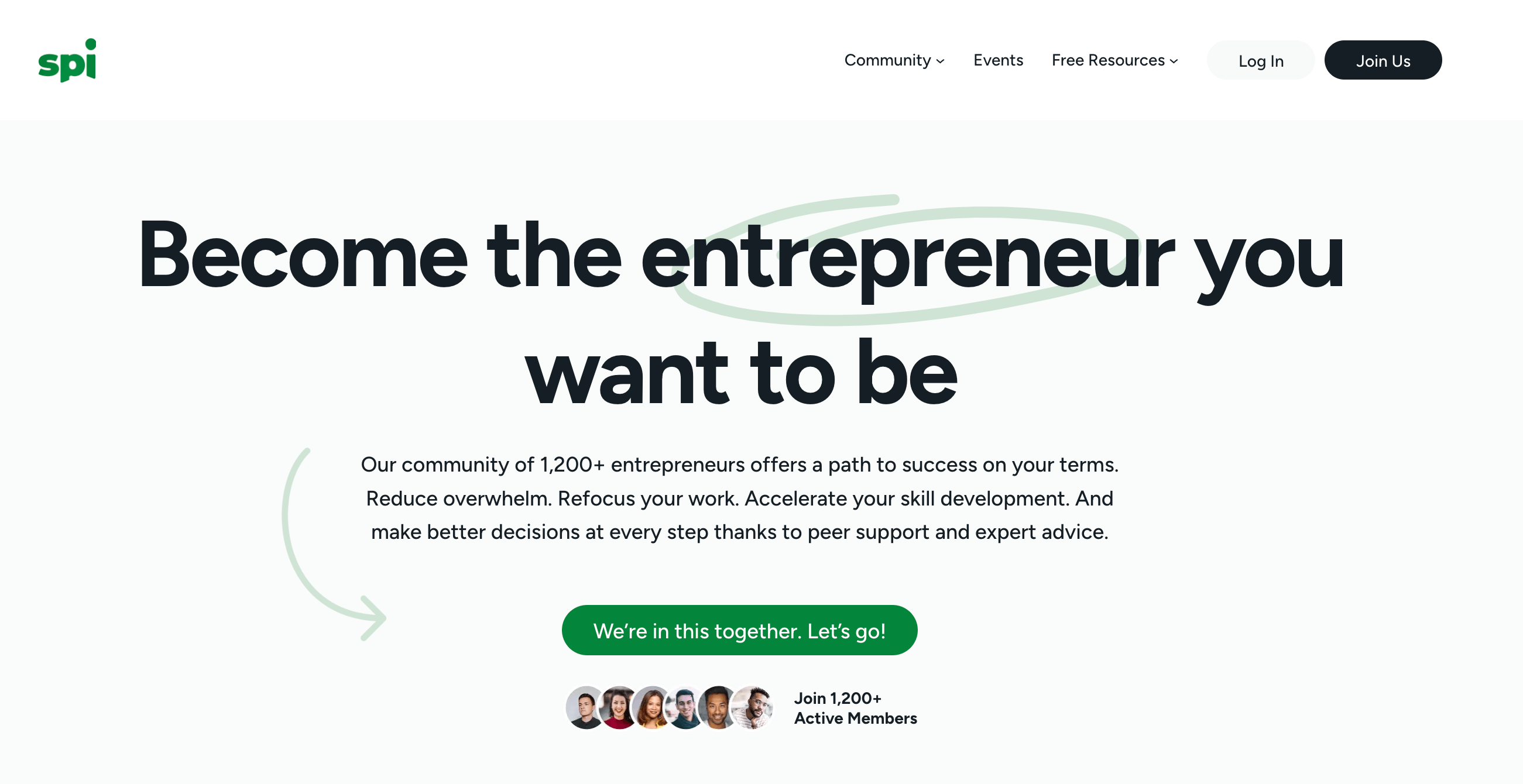



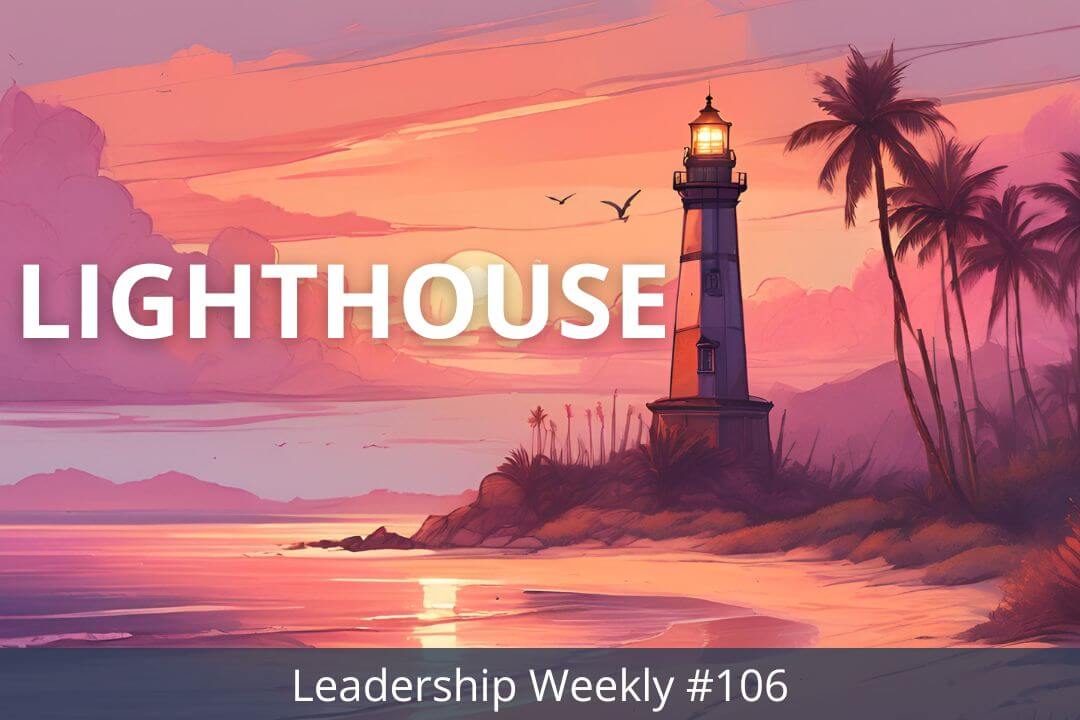


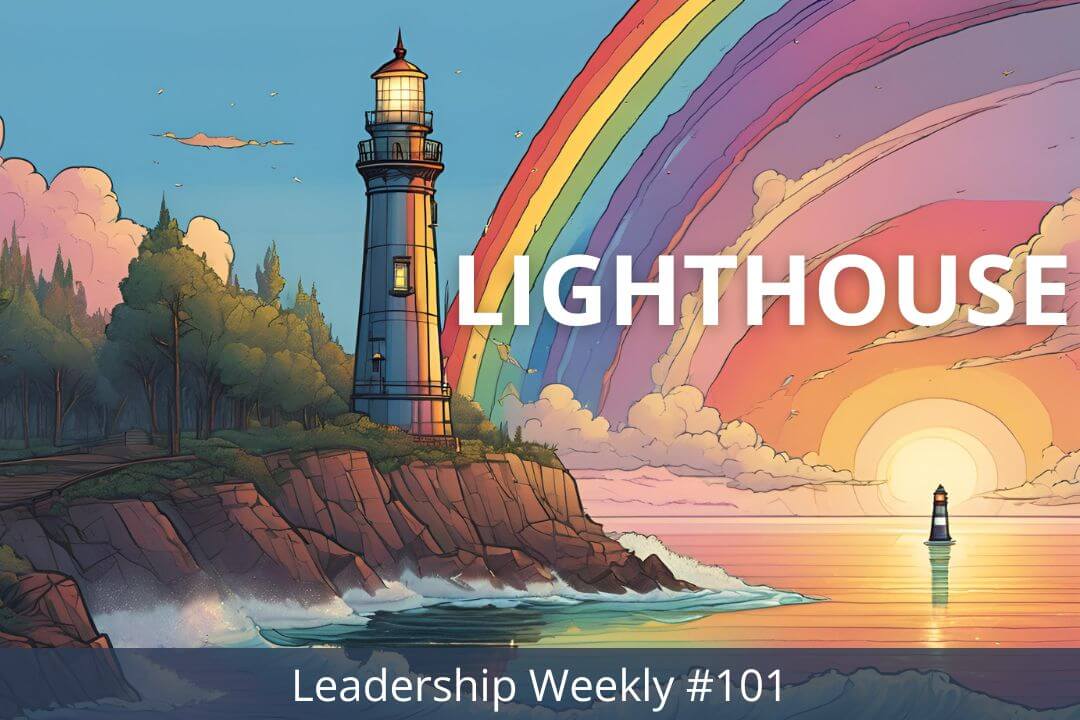

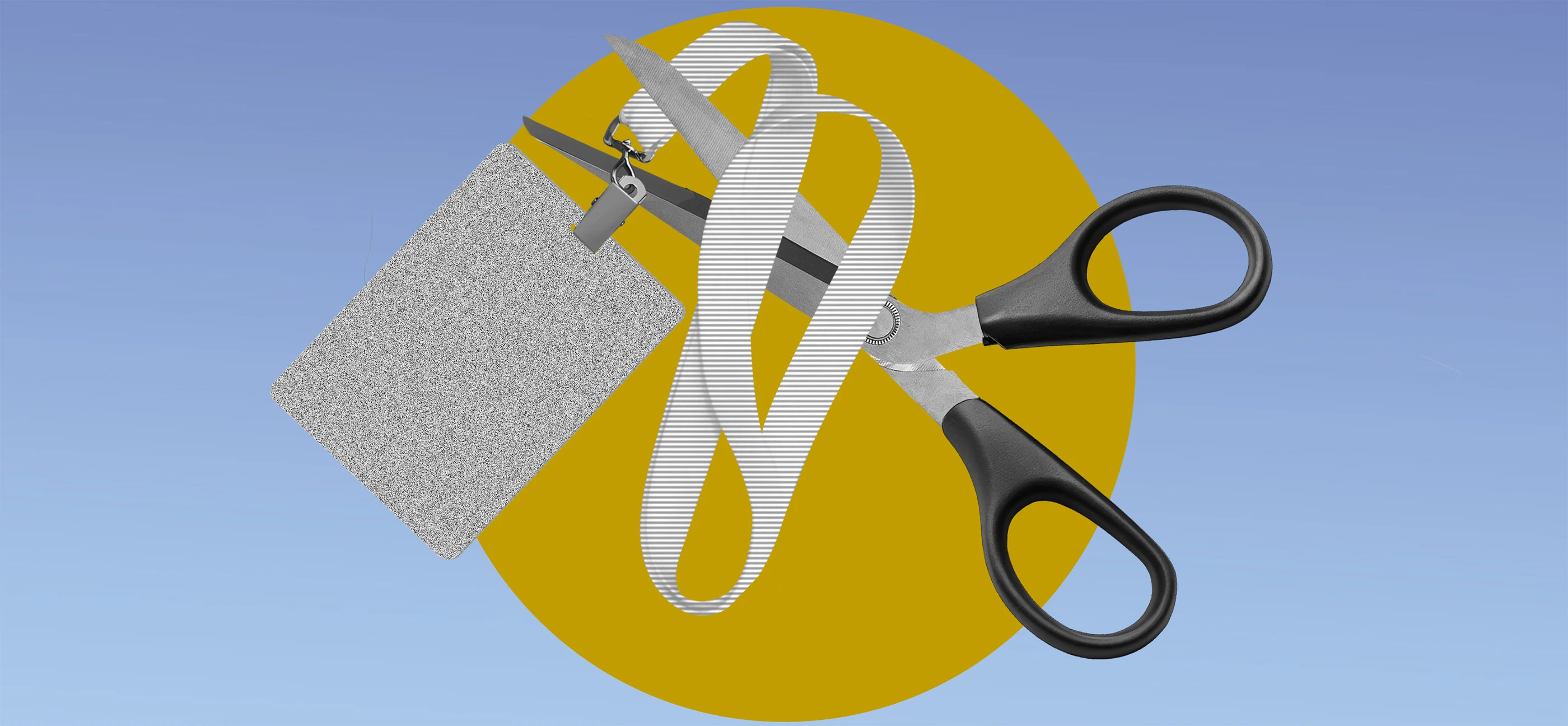










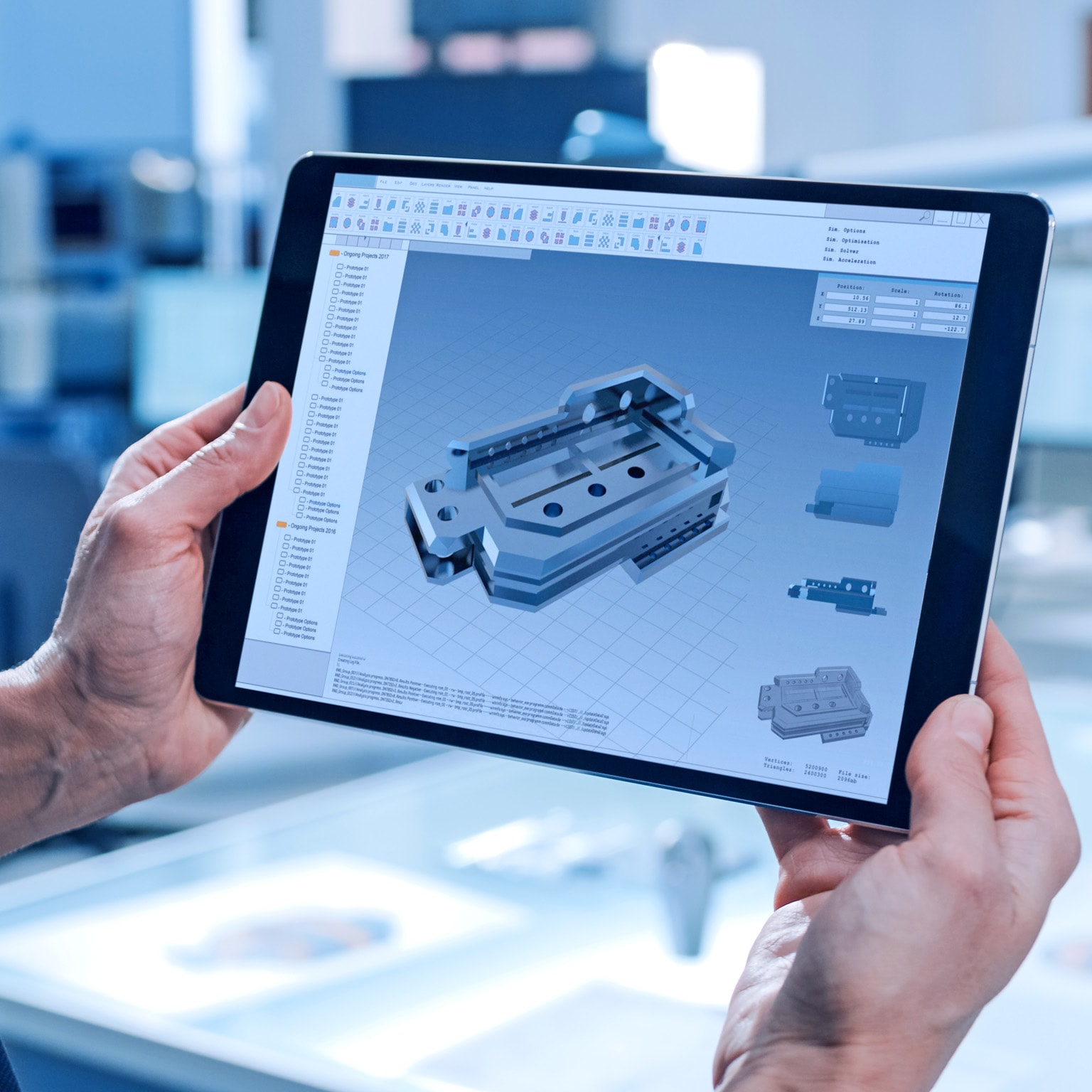


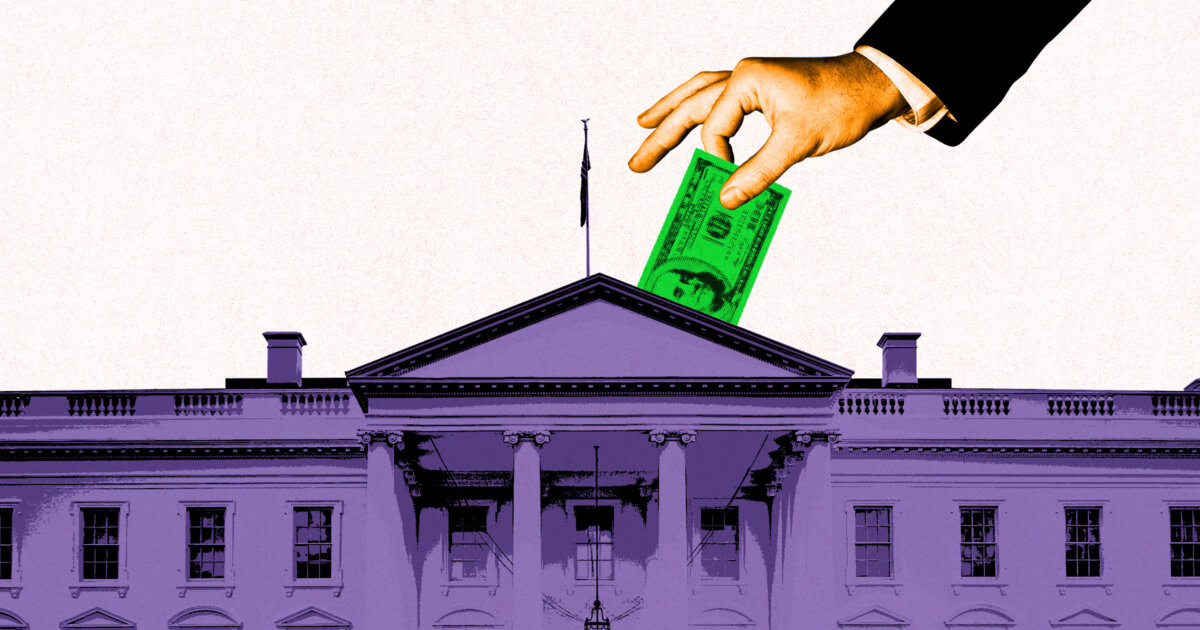




















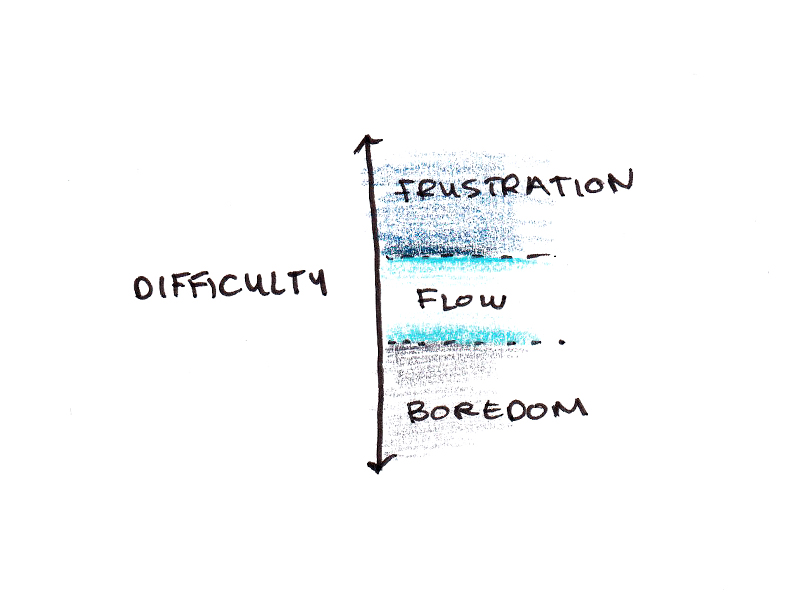

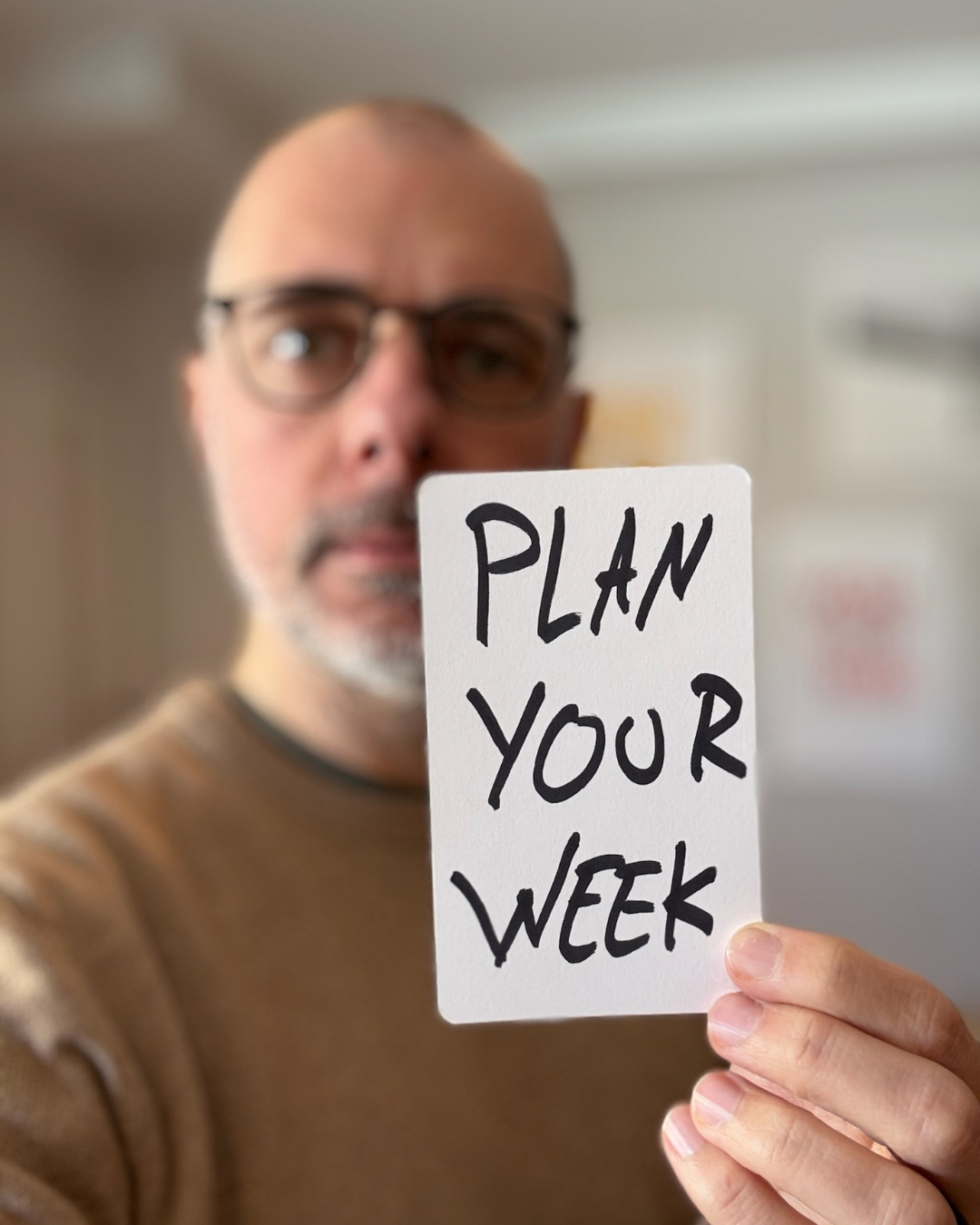
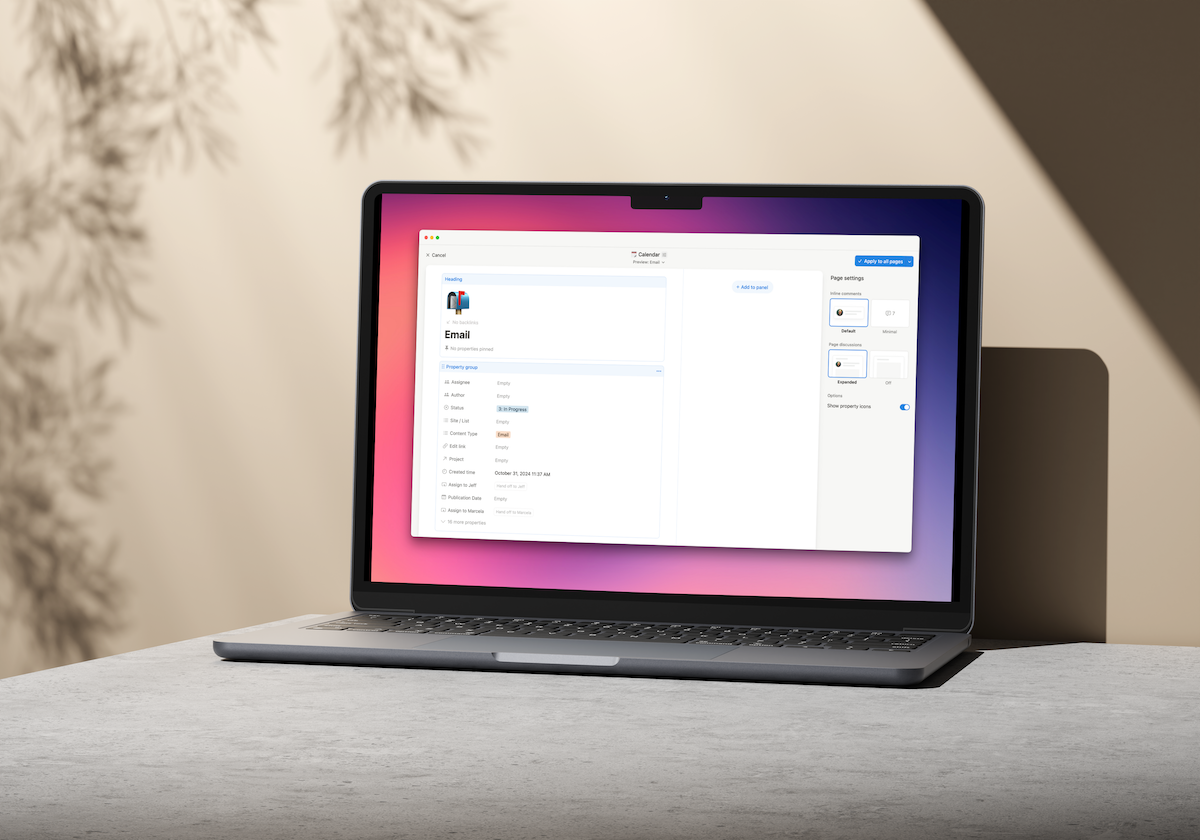










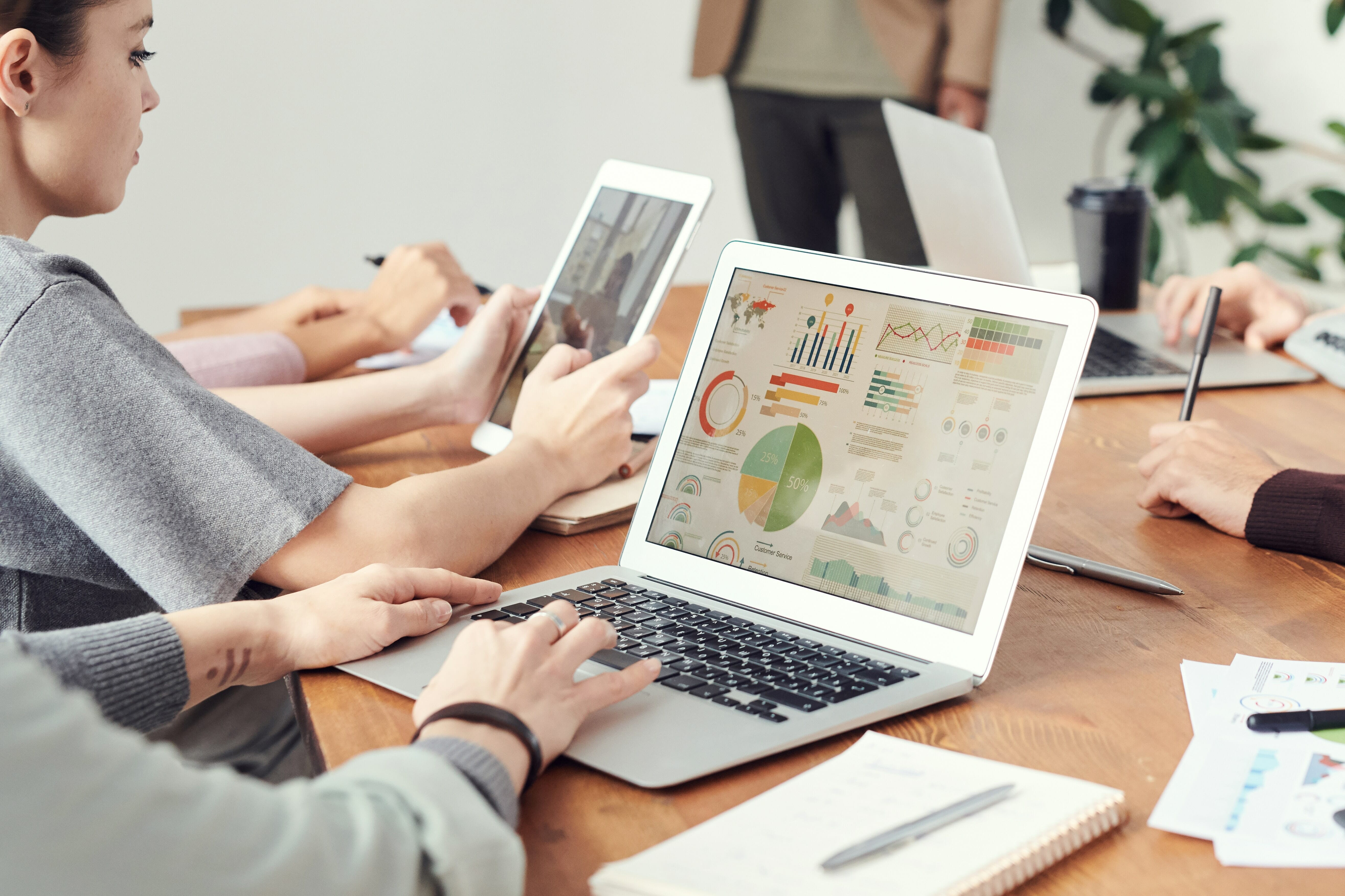


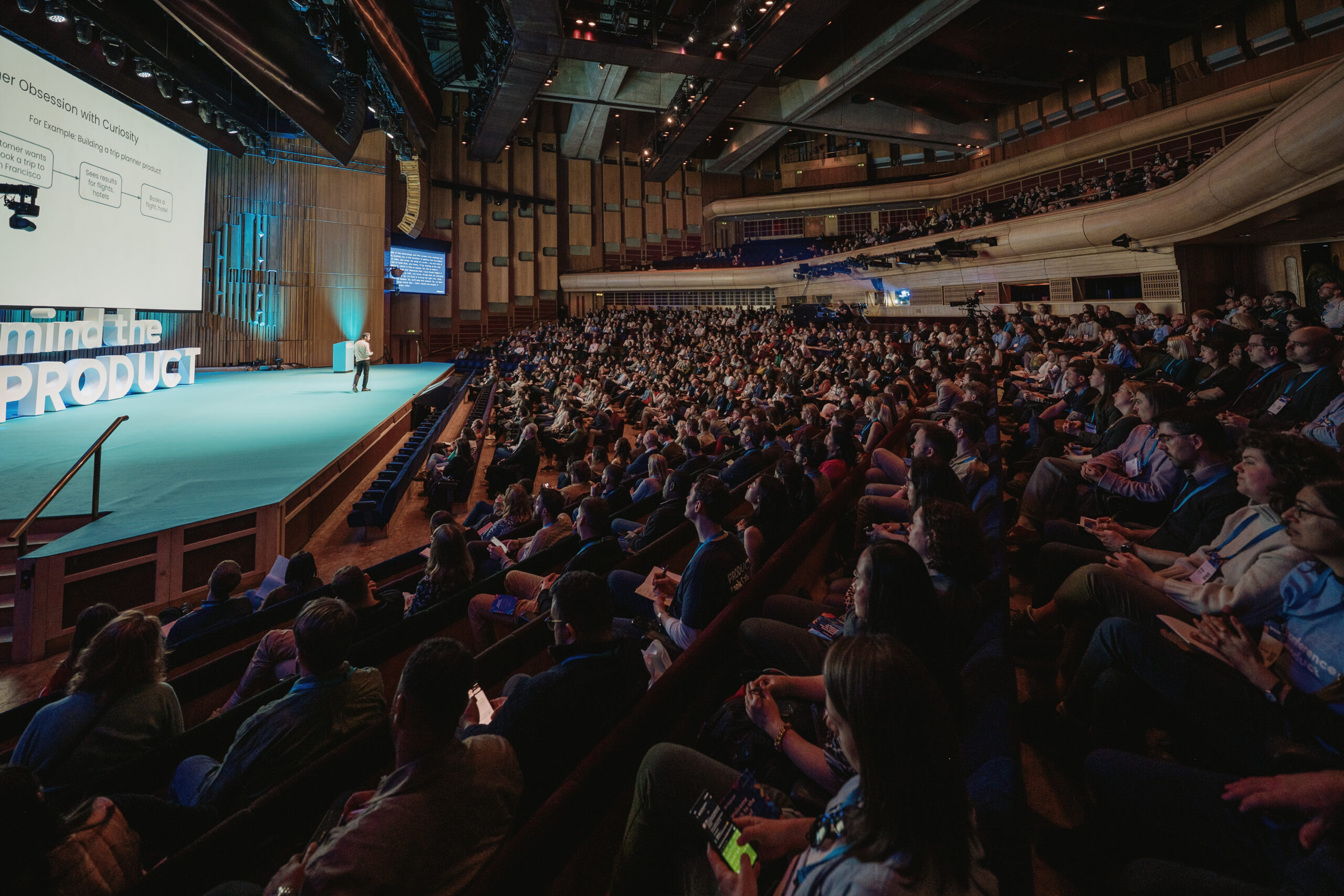


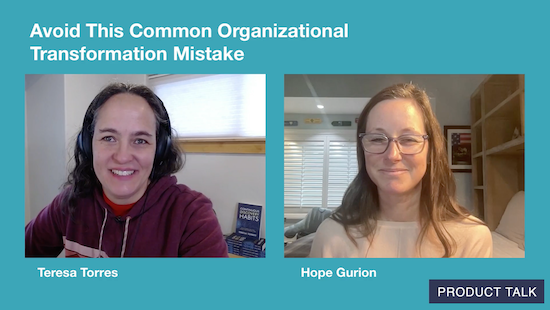
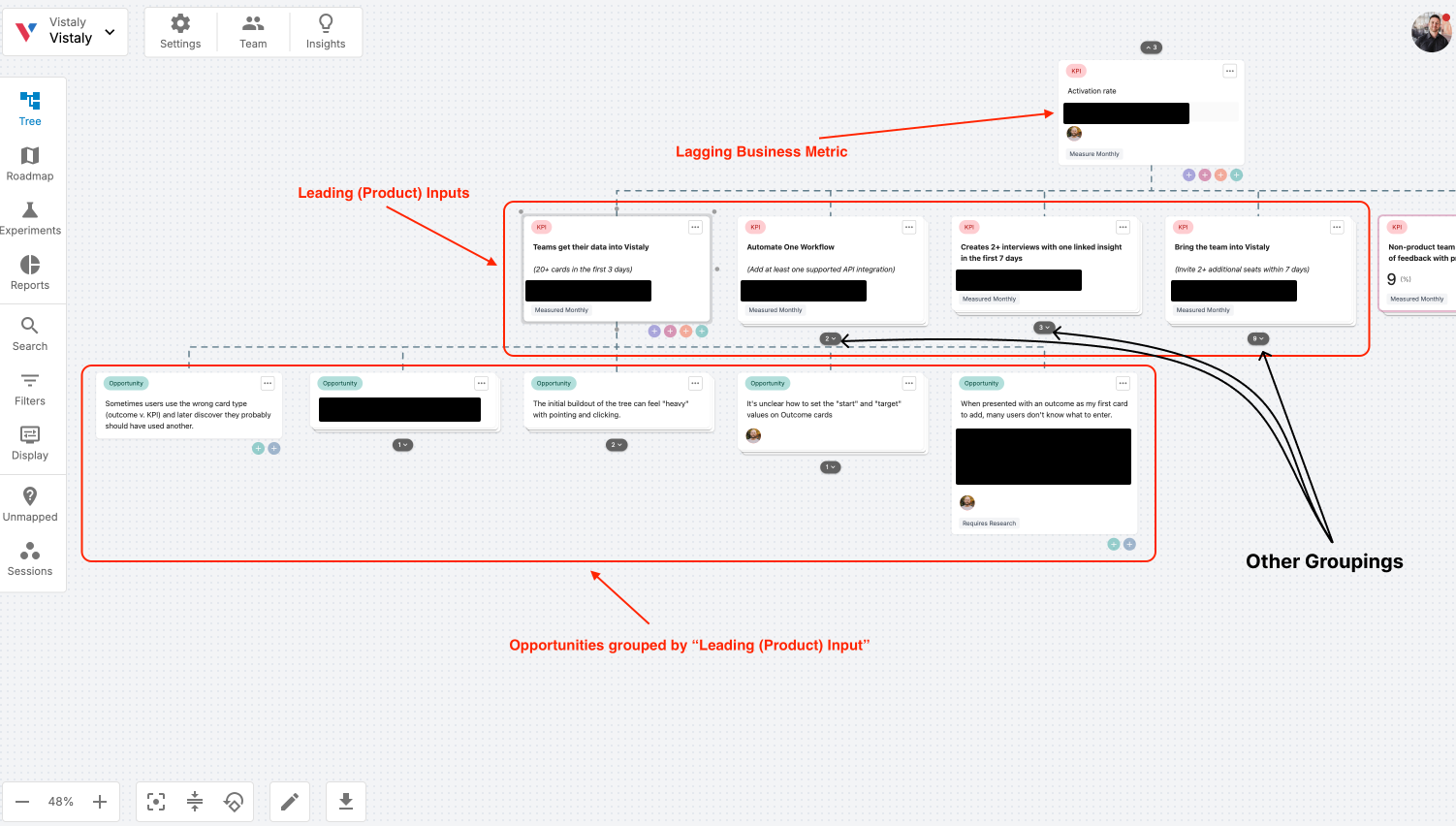
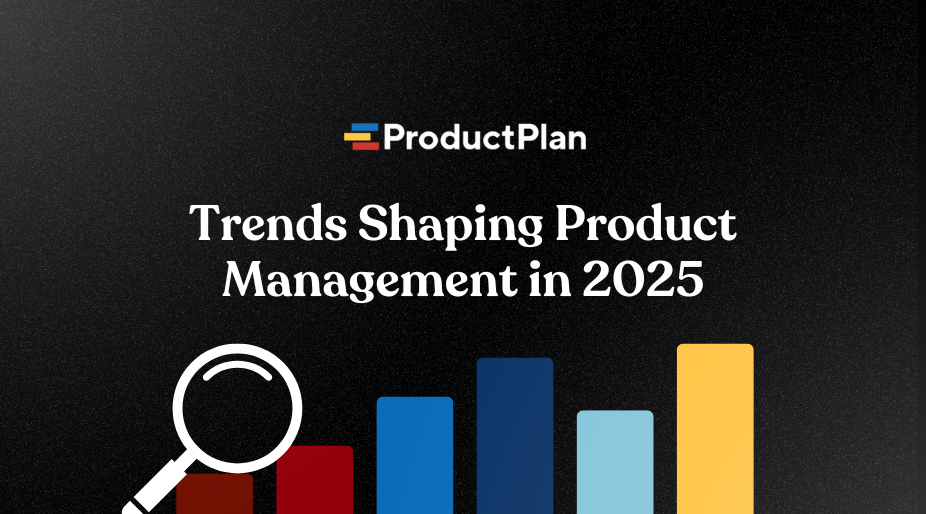


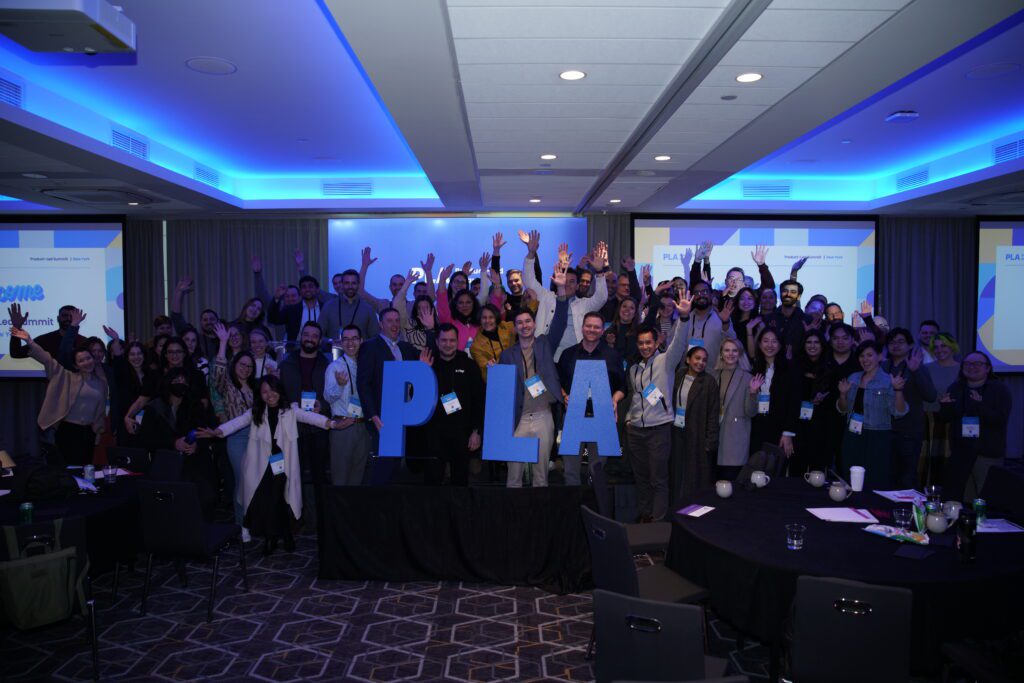









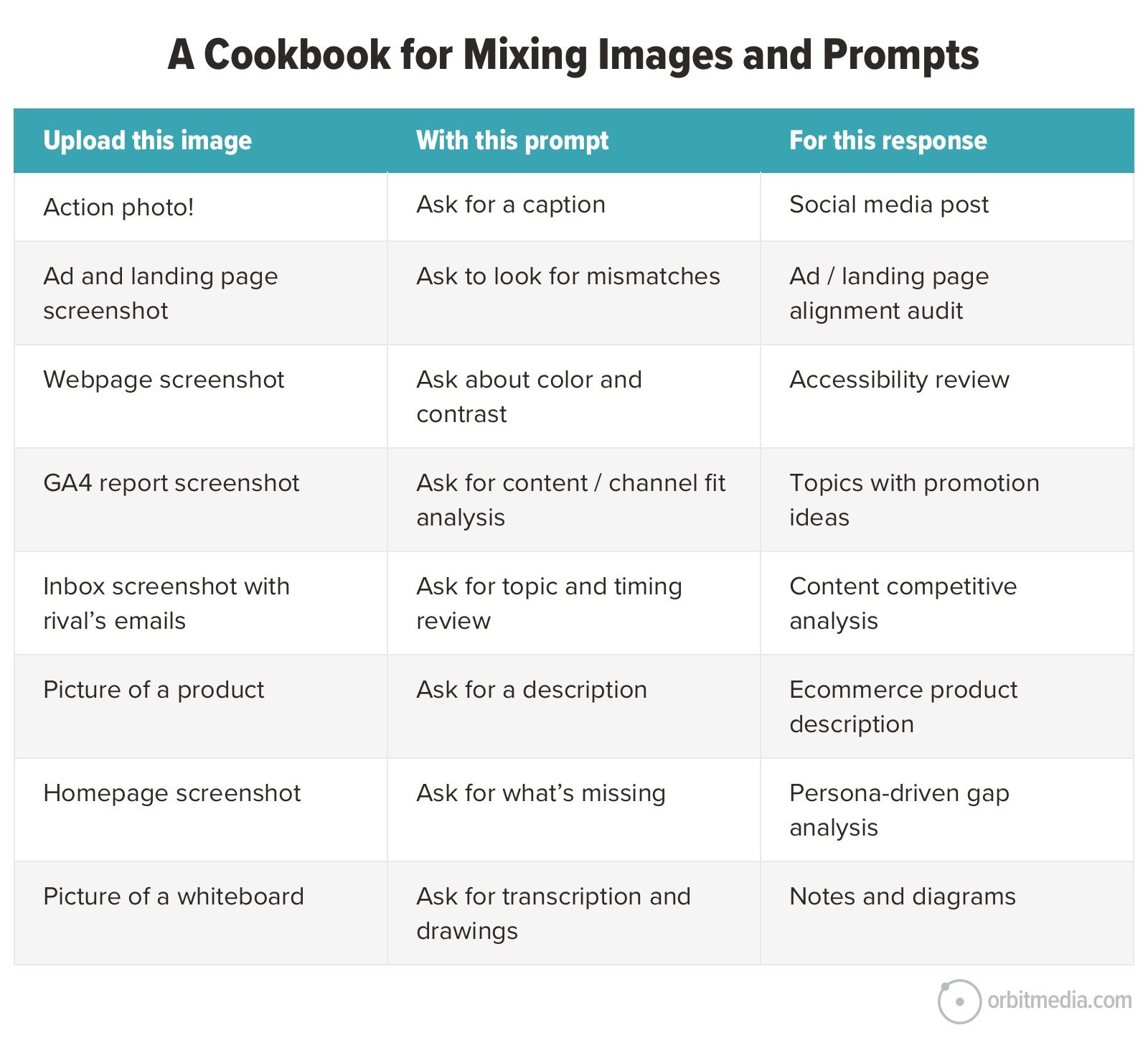



![Building A Digital PR Strategy: 10 Essential Steps for Beginners [With Examples]](https://buzzsumo.com/wp-content/uploads/2023/09/Building-A-Digital-PR-Strategy-10-Essential-Steps-for-Beginners-With-Examples-bblog-masthead.jpg)





![How One Brand Solved the Marketing Attribution Puzzle [Video]](https://contentmarketinginstitute.com/wp-content/uploads/2025/03/marketing-attribution-model-600x338.png?#)


